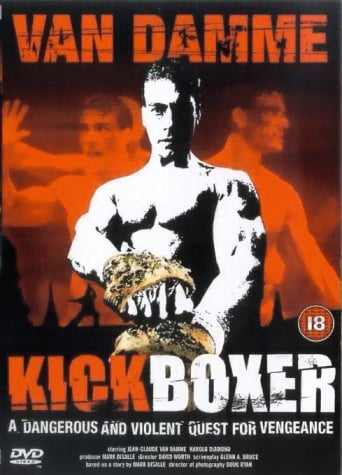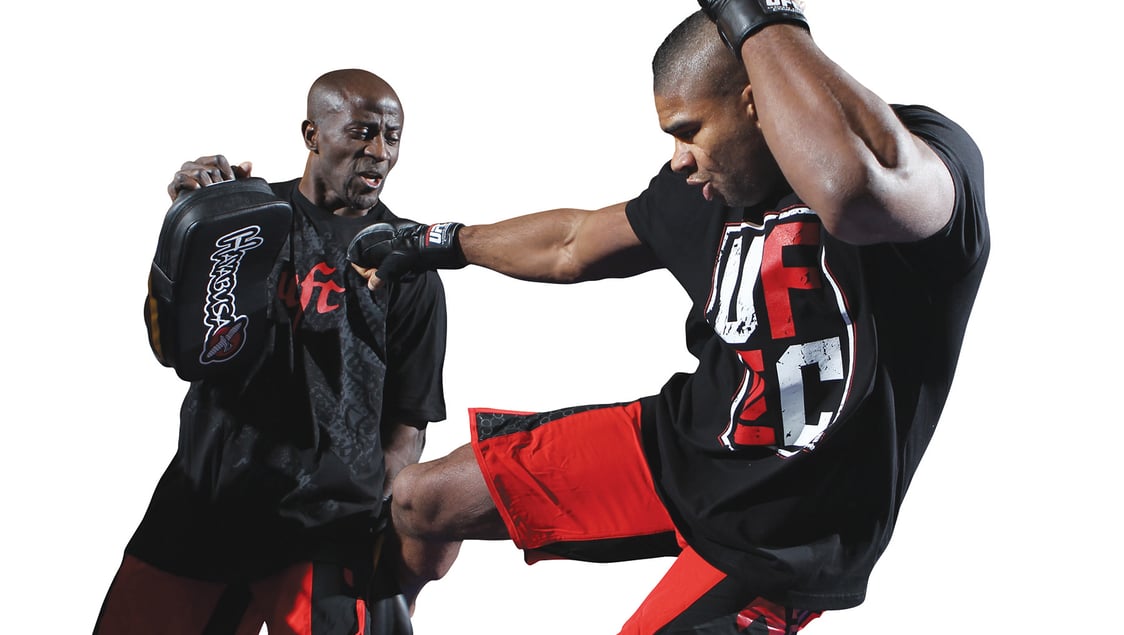
Issue 094
November 2012
Being a versatile striker is essential in modern MMA, hence why strong kickboxing sources so much success. Here’s what you need to know about this striking sport.
1. The originators
Did you know there are two different original styles of competitive kickboxing? Japanese kickboxing began in the 1960s, and would eventually become known as K-1 to most modern fans. American kickboxing came about 10 years later, and had the likes of future Strikeforce CEO Scott Coker promoting events in the California area before he turned his attention to MMA.
2. Dutch dominance
Despite the K-1 world grand prix running for 17 years, there have only been eight different champions to own the coveted kickboxing title of world grand prix champion, with five of them coming from the Netherlands.
3. Mastering the craft
If you wanted to deliver a liver kick like Bas Rutten (famed for his adoration of the technique), or discover how to brutally punish opponents like the ever-aggressive Badr Hari, then Holland would be the place to go. Outstanding gyms such as Golden Glory, Mike’s Gym and Team Aerts, to name just a few, are all in the Netherlands.
4. One big, happy combat family
Most fans know about Alistair Overeem’s K-1 heavyweight grand prix championship, but he’s not the only kickboxer who has dabbled in MMA. Kickboxing greats such as Badr Hari, Semmy Schilt and Peter Aerts have exchanged boxing gloves for grappling gloves.

5. Real fighter or fake fighter?
Although action film hero Jean Claude Van Damme helped influence a legion of fighters with his film Kickboxer, his own record in the discipline is highly disputed amongst those in the kickboxing community. At least we know Anderson Silva helper Steven Seagal’s credentials aren’t disputed...
6. Only the same in name
To the uneducated fight fan, the only difference between Japanese kickboxing and American kickboxing is the country of origin. However, what some may not realize is the Japanese rules have more in common with Muay Thai than
its cross-Pacific counterpart.
7. German roots
We won’t hold it against you for thinking the home of European kickboxing was just Holland, but it also holds strong roots in Germany. Georg F. Bruckner, a German kickboxing promoter, was the co-founder of WAKO, which is the world’s largest unified kickboxing organization.
8. The end of an era
Recently, competitive kickboxing has fallen on hardship. Many stars have complained they weren’t paid for their fights in K-1 under the old FEG ownership.
9. Getting kicked into shape
Kickboxing isn’t just for people who want to earn a living unloading their shins into another human being’s cranium. In fact, many people use kickboxing as a way of staying in shape, because, let’s be honest, how riveting can a treadmill be?
10. The rebirth of kickboxing
For those fight fans who were saddened by the demise of long-standing, and premier Japanese organization K-1, fear not as it seems Glory has become the kickboxing promotion to watch. It recently purchased rival kickboxing promotion It’s Showtime. K-what?
...









